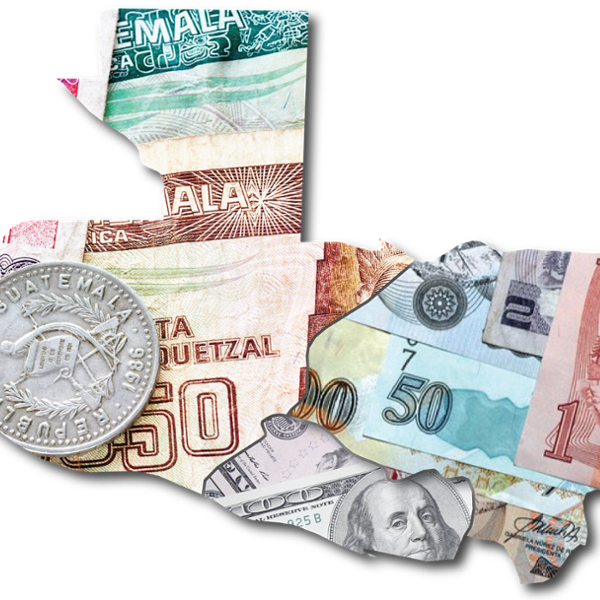Economic Motivations of Migrants from the Northern Triangle USC CREATE
Abstract
Migration from Northern Triangle countries is driven in part by weak economic conditions in origin countries. One policy mechanism through which the United States could reduce illegal immigration would be to promote strong economic institutions in those countries. In order to design optimal development policies for Northern Triangle countries, officials and decision-makers need to better understand who the migrants are and what policy and program measures might be most effective in influencing their decision-making.
Our research will consist of three core components. First, we will analyze the characteristics of actual and potential migrants in terms of where they live, what their economic situation is, and the degree to which economic motivations cause them to want to emigrate. Those who have emigrated or intend to emigrate will be compared to those who do not want to emigrate in order to understand the key systematic differences between these populations.
Second, we will develop a graphical-interface tool that will allow users to project changes in migrations from the Northern Triangle based on assumptions about the impact of U.S. policies on local economic and security conditions in the Northern Triangle. This tool will be based on statistical analysis that will relate the intention to emigrate to various underlying root-cause factors causing people to want to emigrate, including their economic situation, income, and local violence conditions. The projection tool will permit users to assess the impact on emigration of economic development programs that increase income and employment or security improvement programs that reduce crime. The tool can be used to establish key quantitative metrics for economic development or security improvement programs in terms of how these programs need to improve economic or security outcomes in order to mitigate emigration from the Northern Triangle. It will also identify geographic areas and sectors of Northern Triangle populations and economies that have the highest rates of intended emigration and should, therefore, be the focal points of economic development efforts. The tool will be developed in the R/Rstudio language using the shiny interface. The resulting source code that is used to compile the tool will be provided to DHS with instructions for internal compilation. Alternatively, the app can be hosted either on a CREATE server or on a password-protected instance of the shinyapps distribution network.
Third, we will assess historical evidence on policies that have affected emigration flows from the Northern Triangle, Puerto Rico, and Mexico to the U.S. This assessment will be based on LAPOP data as well as case studies on historical cessations of large-scale migrant flows from less-developed countries and territories to the U.S. Insights from the assessment will be used to identify how economic conditions changed as migratory flows ended, and which U.S. policy initiatives were effective in stemming the flow of migrants. These case studies will shed light on the role that economic development played in impacting migrant flows, as well as the policies that were adopted to bring that development about.
